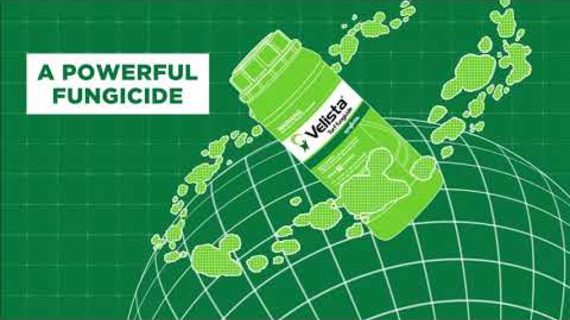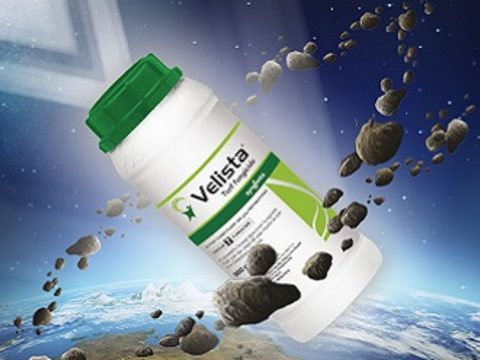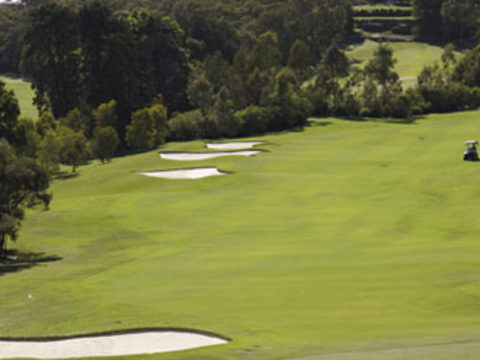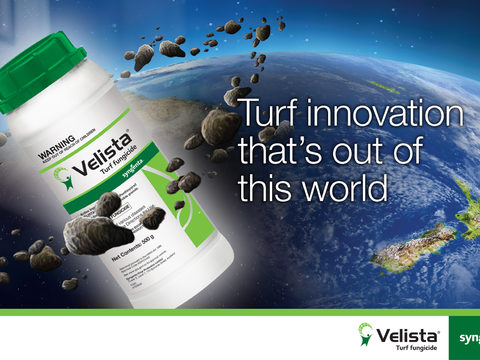Summer stresses & Anthracnose have arrived
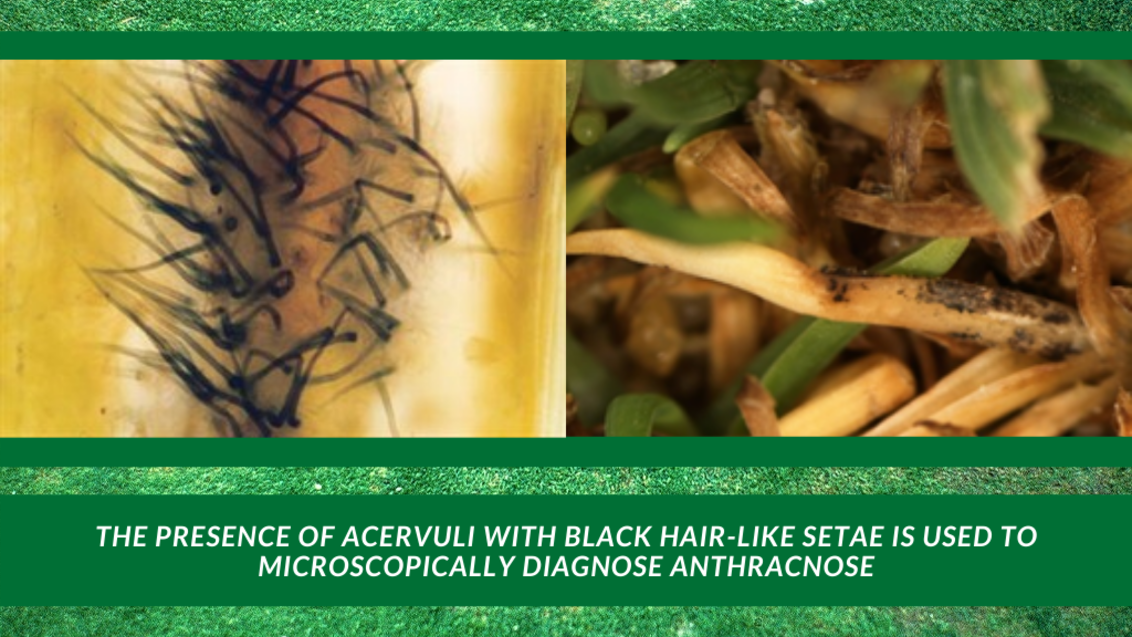
Around the country humidity and heat are prevailing, perfect conditions for disease outbreaks in finely managed turfgrasses. If you are managing Poa/bent greens then now is the time to ensure your preventative and curative programs are ready to be enacted. The key to minimizing outbreaks of Anthracnose are to maintain a dry leaf surface for as long as possible. As we know this is easier said than done when conditions turn to sustained high humidity around 80% and temperatures over 25°C.
For Anthracnose identification keep a close eye on the Poa which will turn yellow before browning out and dying off. Anthracnose will also infect the Bent grass eventually, however in most circumstances the symptoms will appear in the Poa annua first. The presence of acervuli with black hair-like setae is used to microscopically diagnose Anthracnose (Plate 2It is in these times of high stress that fungicide programming becomes important. Syngenta’s VELISTA Turf Fungicide delivers excellent Anthracnose control providing quick knockdown and long-lasting protection. It is our recommended first choice fungicide for Anthracnose. VELISTA is a Group 7 SDHI mode of action fungicide, a relatively new family of chemistry, and can be used to provide both curative control and long-term preventative action. It is the only Group 7 registered for Anthracnose control. For best results and longevity ensure VELISTA is applied to the foliar and crown of the turf grass plant so that existing and new growth is treated. Suggested rotational partners for VELISTA and Anthracnose management are many with HEADWAY MAXX, BANNER MAXX, INSTRATA and MEDALLION all offering excellent control.
When choosing your rotational partner, it is best to think about other diseases that may perpetuate in these conditions. Ideally choose a broad-spectrum fungicide that has not been used to control the target disease. For example if the Group 3 and Group 11 fungicides have been recently used on your turf, then it is suggested that MEDALLION – a Group 12 – be used as the broad spectrum to minimise the chance of fungal resistance building from reuse of the same group.
Turf Management Tips
The key is to reduce the stress the turfgrass is under:
- Decrease the foot traffic where possible.
- Maintain adequate nitrogen and balanced fertility.
- Irrigate the turf grass just enough to prevent wilting deep and infrequently.
- Do not core aerate while disease symptoms are present.
- Avoid cultural practices that are abrasive and wound the leaf, i.e topdressing.
- Reduce compaction when infection has been controlled.
- Lift mowing heights where possible.
- Avoid management practices which encourage humidity and extended leaf wetness.
- Engage your local Syngenta representative to create an Anthracnose preventative program tailored to your conditions.
NB: Make preventative fungicide applications where the disease is a chronic problem.
Importantly Anthracnose is not the only disease that will flourish in high humidity and high temperatures, Pythium can and is often confused with Anthracnose. It is recommended that SUBDUE MAXX be placed in any program or tank mixed with VELISTA for Pythium foliar blight. SUBDUE MAXX will defend against Pythium in high temperatures and high humidity over the summer months.
Please always read the label before use.
Contact your Syngenta Sales Representative or your local agent/distributor for further information.

